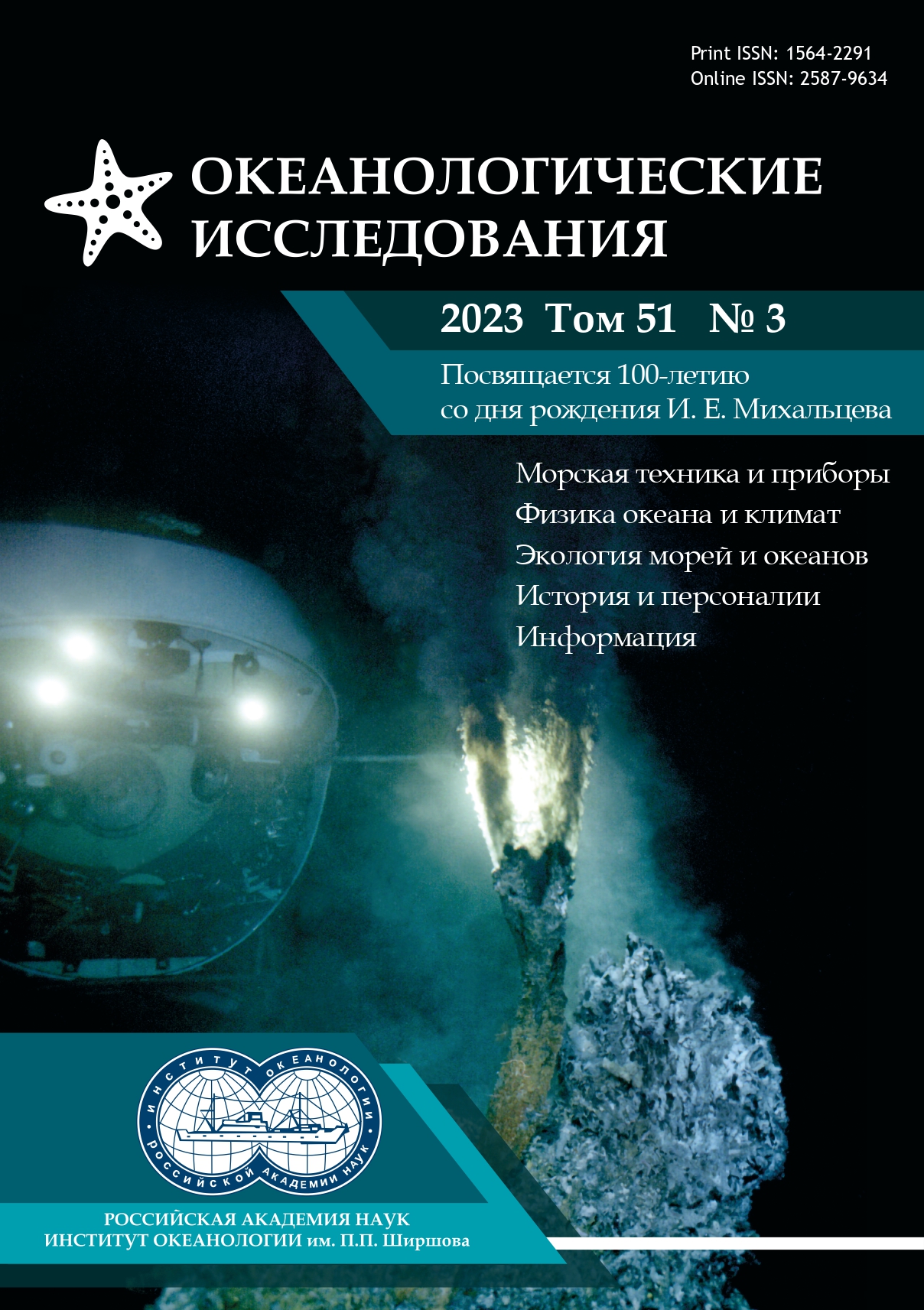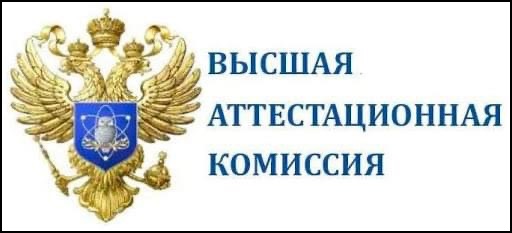ИССЛЕДОВАНИЕ ОБЪЕКТОВ, ПРЕДСТАВЛЯЮЩИХ ЭКОЛОГИЧЕСКУЮ УГРОЗУ, В ЗАЛИВЕ ЦИВОЛЬКИ (НОВАЯ ЗЕМЛЯ, КАРСКОЕ МОРЕ)
Аннотация
В статье приведены результаты натурных исследований окружающей водной среды заливов восточного побережья Новой Земли в связи с затопленными в этом регионе потенциально опасными объектами, представляющими собой отходы эксплуатации атомного, в том числе ледокольного, флота. В процессе этих исследований применялась технология на основе телеуправляемых и буксируемых необитаемых подводных аппаратов (ТНПА и БНПА), а также гидролокаторов бокового обзора (ГБО), разрабатываемых в ИО РАН. Для детализации информации о состоянии затопленных в 60-х годах аварийных объектах и эксплуатационных отходов в заливе Цивольки был использован глубоководный БНПА «Видеомодуль», включающий систему видео и фотокамер, высокочастотный ГБО, глубомер, альтиметр, лазерный указатель масштаба, а также вспомогательное оборудование, обеспечивающее функционирование исследовательских систем. Наблюдения в заливе Цивольки с использованием инструментальных технологий позволили идентифицировать подводные объекты, существование которых было известно лишь по архивным данным. Контроль состояния объектов обеспечивался с помощью гамма-спектрометров серии РЭМ, разработанных в НИЦ «Курчатовский институт». Характер зарегистрированных гамма-спектров в целом соответствует результатам измерений, полученным при обследовании сборки в 2010 и 2015 гг., и свидетельствует о целостности внутренних защитных барьеров.
Литература
- Вялышев А. И., Доманов М. М., Казеннов А. Ю. и др. Обследование состояния АПЛ «Комсомолец». Норвежское море, август 2007 (краткое сообщение по итогам экспедиции) // Морские испытания. 2007. № 2. С. 4–13.
- Вялышев А. И., Римский-Корсаков Н. А., Добров В. М. и др. Экологический мониторинг окраинных морей России. М.: ФГБНУ «Аналитический центр», 2019. 240 с.
- Гапонов И. А., Казеннов А. Ю., Королев А. В. и др. Проведение радиационного мониторинга АПЛ Б-159 // Безопасность окружающей среды (ISSN 1997-6992). 2009. № 1. С. 98–101.
- Казеннов А. Ю., Гапонов И. А., Пименов А. Е. Методика оперативных радиационных обследований акваторий береговых баз флота с помощью погружных гамма-спектрометров // Атомная энергия. 2010. Т. 109. Вып. 2. С. 100–108.
- Казеннов А. Ю. Радиационный мониторинг состояния затопленных объектов и контроль радиационного загрязнения акваторий. В кн.: Подводные технологии и средства освоения мирового океана. М.: Оружие и технологии, 2011. С. 440–451.
- Казеннов А. Ю., Нерсесов Б. А., Римскй-Корсаков Н. А. Исследование подводных потенциально опасных объектов в Карском море. М.: ФГБНУ «Аналитический центр» Минобрнауки России, 2017. 274 с. ISBN 978-5-904670-44-3.
- Казеннов А. Ю., Нерсесов Б. А., Римский-Корсаков Н. А. Экспедиционные исследования экологии морей Российской Арктики. М.: ФГБНУ «Аналитический центр» Минобрнауки России, 2018. 307 с. ISBN 978-5-904670-47-4.
- Римский-Корсаков Н. А., Пронин А. А. О методологии исследования дна акваторий и подводных объектов гидролокационными методами. Институт океанологии им. П. П. Ширшова РАН. М., 2010. 62 с. Деп. в ВИНИТИ 22.12.10, № 718-В2010.
- Римский-Корсаков Н. А. Создание и эксплуатация подводных аппаратов и других технических средств для океанологических исследований. В кн.: Подводные технологии и средства освоения Мирового океана / Под ред. академика Н. Спасского. М.: Оружие и технологии, 2011. С. 46–63.
- Римский-Корсаков Н. А., Тронза С. Н., Анисимов И. М. Развитие гидролокационных технологий глубоководных исследований рельефа дна и подводных объектов // Международный журнал прикладных и фундаментальных исследований. 2019. № 9. С. 85–90. https://doi.org/10.17513/mjpfi.12856.
- Римский-Корсаков Н. А., Анисимов И. М., Тронза С. Н.Развитие глубоководных технологий визуальных наблюдений рельефа дна и подводных объектов // Международный журнал прикладных и фундаментальных исследований. 2019. № 10. С. 149–153.
- Сивинцев Ю. В., Вакуловский С. М., Васильев А. П. и др. Белая книга – 2000. Техногенные радионуклиды в морях, омывающих Россию. М.: АТ, 2005. 624 с.: илл.
- Флинт М. В., Поярков С. Г., Римский-Корсаков Н. А. и др. Экосистемы морей Сибирской Арктики – 2018 (72-й рейс НИС «Академик Мстислав Келдыш») // Океанология. 2019. Т. 59. № 3. С. 506–509.
- Флинт М. В., Поярков С. Г., Римский-Корсаков Н. А., Мирошников А. Ю. Экосистемы Сибирской Арктики – 2019: весенние процессы в Карском море (76-й рейс научно-исследовательского судна «Академик Мстислав Келдыш») // Океанология. 2020. Т. 60. № 1. С. 154–157. https://doi.org/10.31857/S0030157420010104.
- Саркисов А. А., Сивинцев Ю. В., Высоцкий В. Л., Никитин В. С. Атомное наследие холодной войны на дне Арктики. Радиоэкологические и технико-экономические проблемы радиационной реабилитации морей / Ин-т проблем безопасного развития атомной энергетики РАН. М., 2015. 699 с.: ил. ISBN 978-5-9907220-0-2. (в пер.).
Передача авторских прав происходит на основании лицензионного договора между Автором и Федеральным государственным бюджетным учреждением науки Институт океанологии им. П.П. Ширшова Российской академии наук (ИО РАН)













